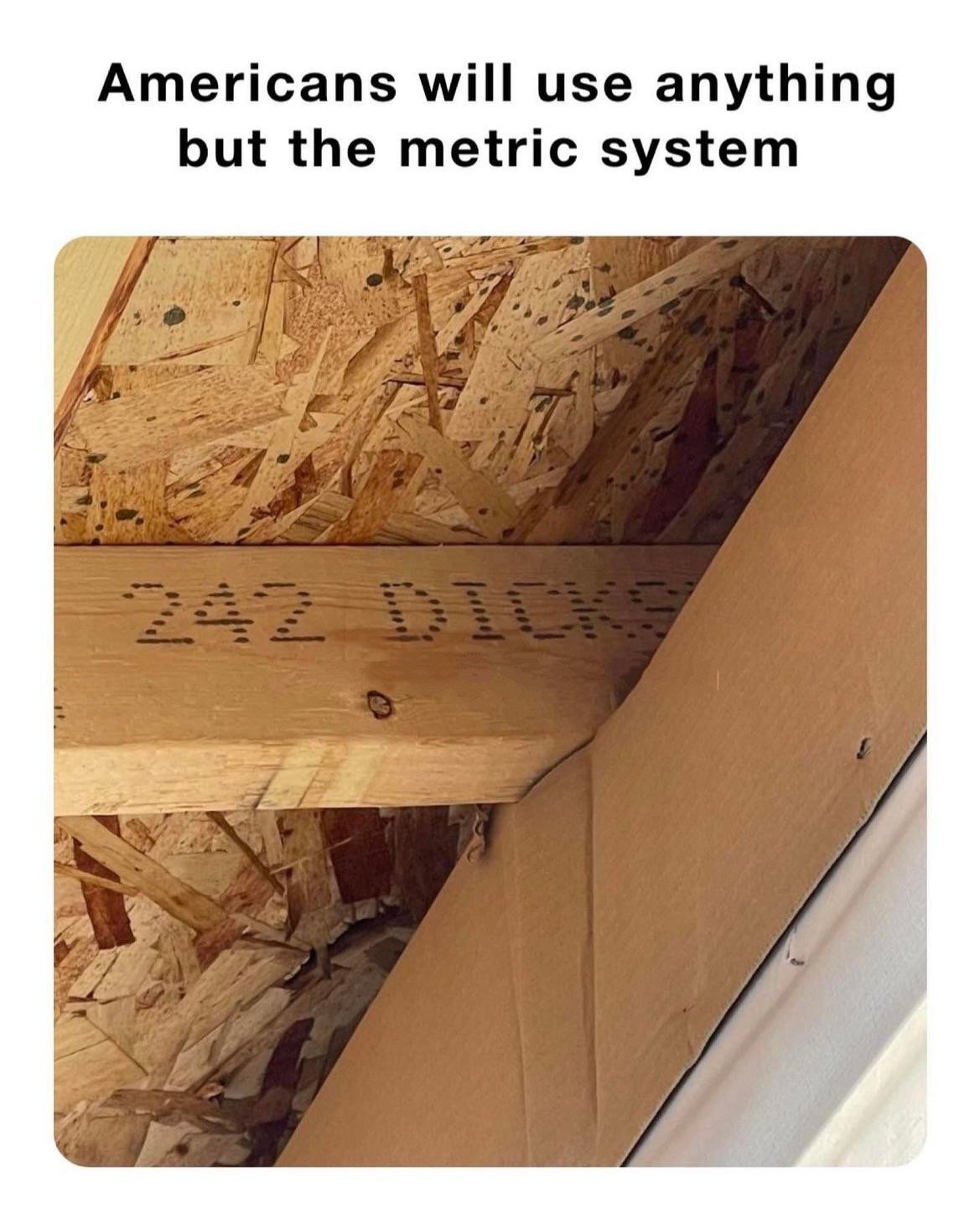

There is a much cheaper way that doesn’t use hard drives. It uses magnetic tapes, LTO-9 tapes specifically.
Each LTO-9 tape cassette can hold up to 45TB of data (compression is used to store it on the raw 18TB).
An LTO-9 tape drive can cost $10,000. Assuming you get the full 45TB per tape, you’ll need 2223 LTO-9 tape cassettes to store 100PB. Assuming you buy in bulk, you can get each tape cassette for $150 which puts you at $333,450 for the tapes.
Since the tapes don’t use power when not in use, this concludes the total cost. None of this accounts for storing all 2223 tapes or maintenance to ensure data is still intact on them but this comes out to $343,450 in total to store 100PB using magnetic tapes. While the cost is much cheaper, it’s much harder to access the data as it’s not immediately available since you have to fish out the drive you need and plop it into the tape drive then wait for it to read.






Also, make sure to be generic. Choose cheap, common clothing that won’t stick out